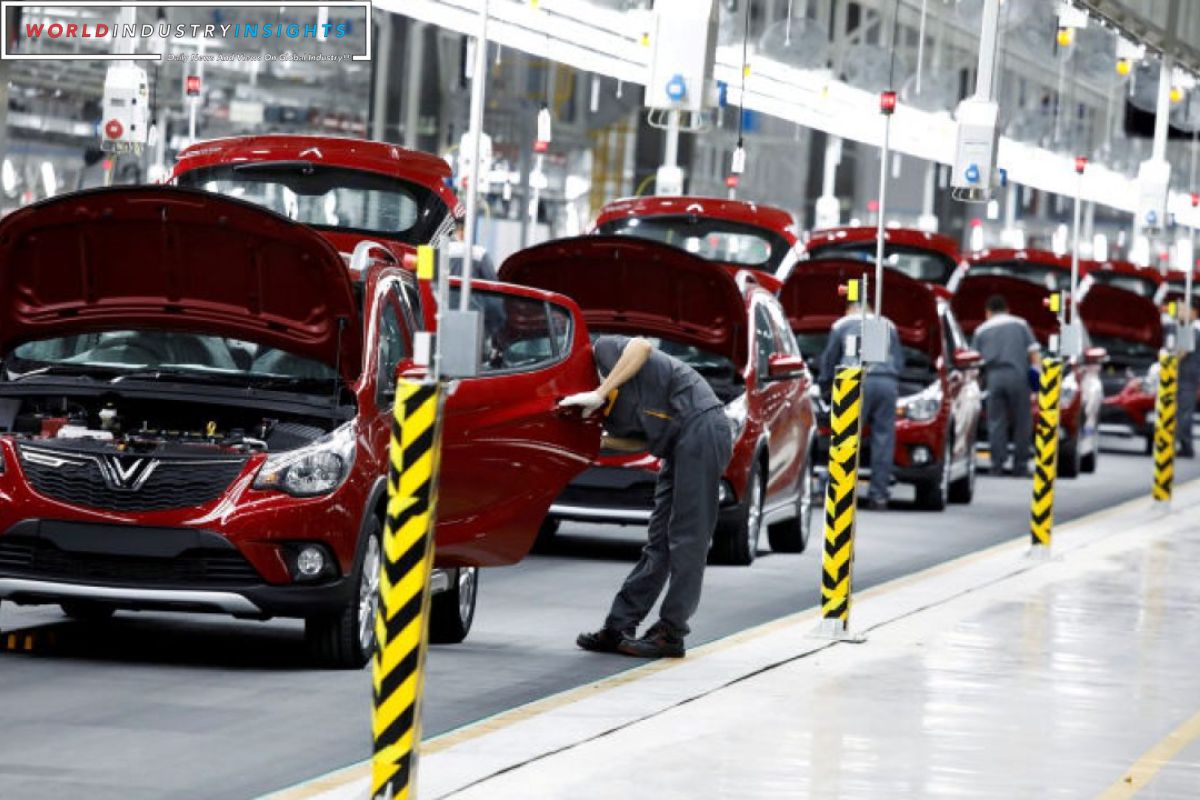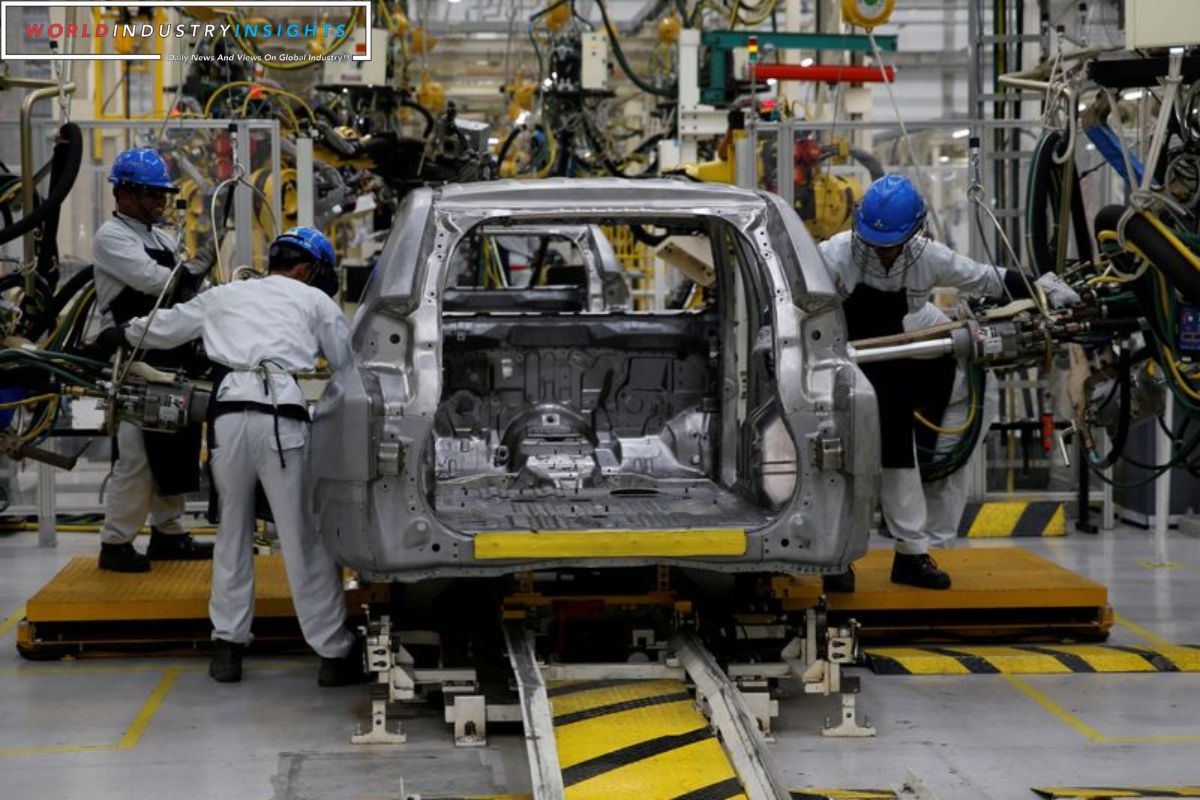VinFast and Marubeni: In a groundbreaking move towards sustainable practices in the electric vehicle (EV) industry, VinFast, the Vietnamese EV manufacturer, has forged a strategic partnership with Japan’s Marubeni Corp. This collaboration aims to revolutionize the handling of used EV batteries, marking a significant step towards a circular economic model for the burgeoning electric mobility sector.
VinFast announced the signing of a memorandum of understanding (MoU) with Marubeni Corp, laying the foundation for a transformative approach to recycling used EV batteries. Under the agreement, VinFast will supply the used batteries, and Marubeni will take on the task of repurposing them into affordable Battery Energy Storage Systems (BESS). This move is positioned not only as a technological innovation but as a strategic initiative to make sustainable practices an integral part of the EV manufacturing lifecycle.
The key aspect of this collaboration is the commitment to establish a circular economic model within the EV industry. Unlike traditional battery recycling methods that involve disassembly, processing, and repackaging, VinFast and Marubeni’s approach is characterized by its simplicity and efficiency. By repurposing used batteries into BESS without the need for extensive processing, the companies aim to minimize the environmental impact of battery disposal and contribute to a more sustainable future.
Also Read: VinFast Surpasses Ford and GM in Stock Price Challenges and Achievements
Founded in 2017 and backed by Vietnam’s largest conglomerate, Vingroup, VinFast has been at the forefront of the global EV revolution. With its Nasdaq debut in late August, the company has demonstrated a commitment to innovation and sustainability. This collaboration with Marubeni aligns with VinFast’s vision to not only produce cutting-edge electric vehicles but also to address the environmental challenges associated with the EV industry.
Marubeni’s role in this collaboration is crucial in realizing the vision of a circular economic model. The company will leverage its expertise to repurpose used batteries into Battery Energy Storage Systems that are not only cost-effective but also easy to manufacture. This innovative approach aims to extend the lifecycle of EV batteries, reducing waste and creating new opportunities for sustainable energy solutions.
The agreement between VinFast and Marubeni represents a significant stride towards a sustainable and eco-friendly EV ecosystem. As the companies embark on this journey, they envision not only revolutionizing the way used batteries are handled but also contributing to a broader shift towards sustainable practices within the automotive industry.
In conclusion, VinFast and Marubeni’s collaboration stands as a testament to the industry’s commitment to addressing environmental concerns and shaping a future where electric mobility is synonymous with sustainability.
Our Reader’s Queries
Who manufactures VinFast?
VinFast Auto Ltd. is a multinational automotive company hailing from Vietnam. It was established by Vingroup, one of the country’s largest private conglomerates, which was founded by Pham Nhat Vuong.
Who backs VinFast?
VinFast, established in 2017, began producing electric vehicles in 2021 and has been consistently backed by Vuong, Vietnam’s wealthiest individual as per Forbes. In April 2023, Vuong granted VinFast a whopping $1 billion.
Who is the chairman of VinFast?
VinFast’s former CEO, Le Thi Thu Thuy, has been appointed as the new chair of the company’s board of directors. Thuy had been in the position since March 2022, when VinFast announced its plans for a massive assembly and battery plant in North America. The facility, which is set to employ 7,500 workers, will be located near the town of Moncure, North Carolina, about 30 miles southwest of Raleigh.
How many employees does VinFast have?
The growth of employees in the company has been impressive over the years. As of March 31, 2013, there were 14,505 employees, which increased by 16.73% compared to the previous year. By September 30, 2022, the number of employees had risen to 12,426, showing a remarkable growth rate of 73.45%. However, as of December 31, 2021, the number of employees decreased to 7,164. Despite this, the company has maintained a steady growth rate in terms of employee numbers.


